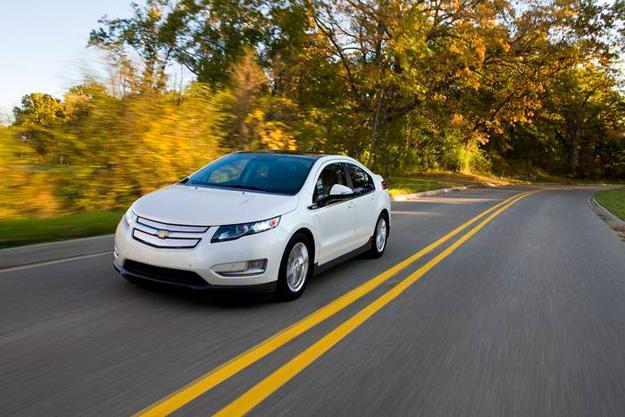 Houston, we have a problem. A software glitch could cause some 2013 Chevrolet Volts’ electric motors to randomly shut down. Chevy says the steering and brakes still work during these situations, but a motor shutdown is still something Volt owners will probably want to avoid.
Houston, we have a problem. A software glitch could cause some 2013 Chevrolet Volts’ electric motors to randomly shut down. Chevy says the steering and brakes still work during these situations, but a motor shutdown is still something Volt owners will probably want to avoid.
“We have received a few reports from owners that their electric motor has temporarily stopped working, resulting from a software anomaly when their vehicle is in the delayed time and rate charge mode,” Chevy said in a statement.
The delayed charging mode allows owners to choose when their Volt will recharge its battery, instead of automatically charging right when it is plugged in. Chevy says this feature lets owners take advantage of lower electricity rates by, for example, telling the car to charge itself late at night instead of earlier in the day.
Only Volts that use the delayed charging feature are affected; Chevy reckons the total number of cars that need reprogramming is around 4,000. The company has not received any reports of crashes resulting from malfunctioning motors, so it does not consider the glitch a safety issue. Consequently, no recall is being issued.
Volt owners might take some solace in the fact that having their motors shut down does not pose a safety risk, but they will probably want the problem fixed nonetheless. Luckily, reprogramming takes less than an hour. In the meantime, disabling delayed charging should prevent any unexpected power outages.
Owners of 2011 and 2012 Volts have no need to worry: their cars are unaffected by this glitch.
Chevy made a few changes, including delayed charging, to the 2013 Volt that differentiate it from the previous two model years. They also feature a larger battery pack and an “EV Hold” mode, which give the 2013 model and extra three miles of electric driving range. The 2013 Volt began showing up at dealers in late July.


